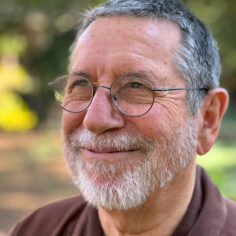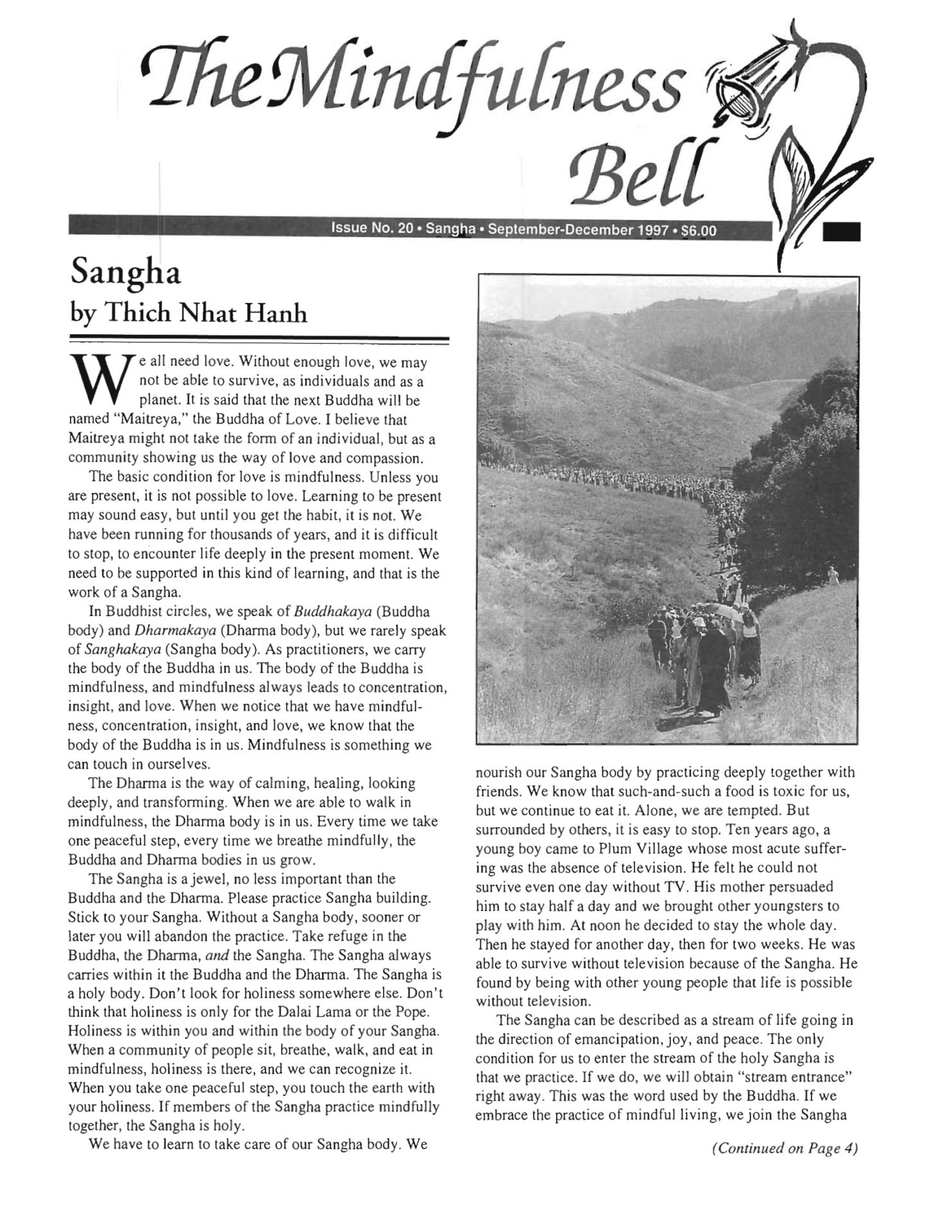By Ann-Mari Gemmill & Mitchell Ratner
Every fall and spring for the past five years, members of the Washington Mindfulness Community retreat to an old lodge on the Chesapeake Bay. The lodge has room to ramble and appreciate the waves and sunsets. Each group is a little different and includes active Sangha members, spouses, children , companions, and friends , usually about 30 people. Because many are “regulars,” the organizing tasks have become familiar and easy to share.
By Ann-Mari Gemmill & Mitchell Ratner
Every fall and spring for the past five years, members of the Washington Mindfulness Community retreat to an old lodge on the Chesapeake Bay. The lodge has room to ramble and appreciate the waves and sunsets. Each group is a little different and includes active Sangha members, spouses, children , companions, and friends , usually about 30 people. Because many are "regulars," the organizing tasks have become familiar and easy to share. As one nine-year old "regular" says, "It's really fun."
Before the retreat, adults and teenagers agree to take turns organizing children's activities and bringing materials for each activity. Teams are designated to bring ingredients for and prepare one meal during the retreat.
The retreat begins Friday evening with a game to help learn names. We gather in a big circle and people introduce themselves with a positive adjective that alliterates with their first name, such as Amazing Ann-Mari or Magical Mitchell. Then parents and older children read or tell bedtime stories- often Buddhist stories with themes related to Thay's teachings. After the stories, some parents put younger children to bed, while others gather in the boat house for meditation. Older children may join if they wish. Early morning meditations are also in the boathouse or, in nice weather, on the dock.
Saturday morning, we choose topics for Dharma discussions and fine tune the timing of activities and meals. We plan a schedule that lets each child (over two years old) be part of a team that invites the bell to sound and reads gat has before meals . The children increasingly join in planning the program, especially the tea ceremony. They also enjoy craft projects (such as creating a miniature tea ceremony from beeswax), soccer games, canoeing and paddle-boating, baking cookies, and planning skits for the tea ceremony.
Before meals, our entire community stands holding hands in a circle, to smile at each other and hear the gathas. We eat in (relative) silence for the first five or ten minutes. The children delight in inviting the bell after talk begins, silencing us all.
The tea ceremony takes place Saturday evening after a flurry of cushion placement and flower arranging. We tell what we discovered on our walks, show drawings and craft projects, and share skits, songs, jokes, poems, and insights. The retreat ends Sunday with a short ceremony of appreciation and reflections, followed by lunch.
Ann-Mari Gemmill, Mitchell Ratner (True Mirror of Wisdom), and their daughter, Juliana, are veterans of nine Washington Mindfulness Community family retreats.


